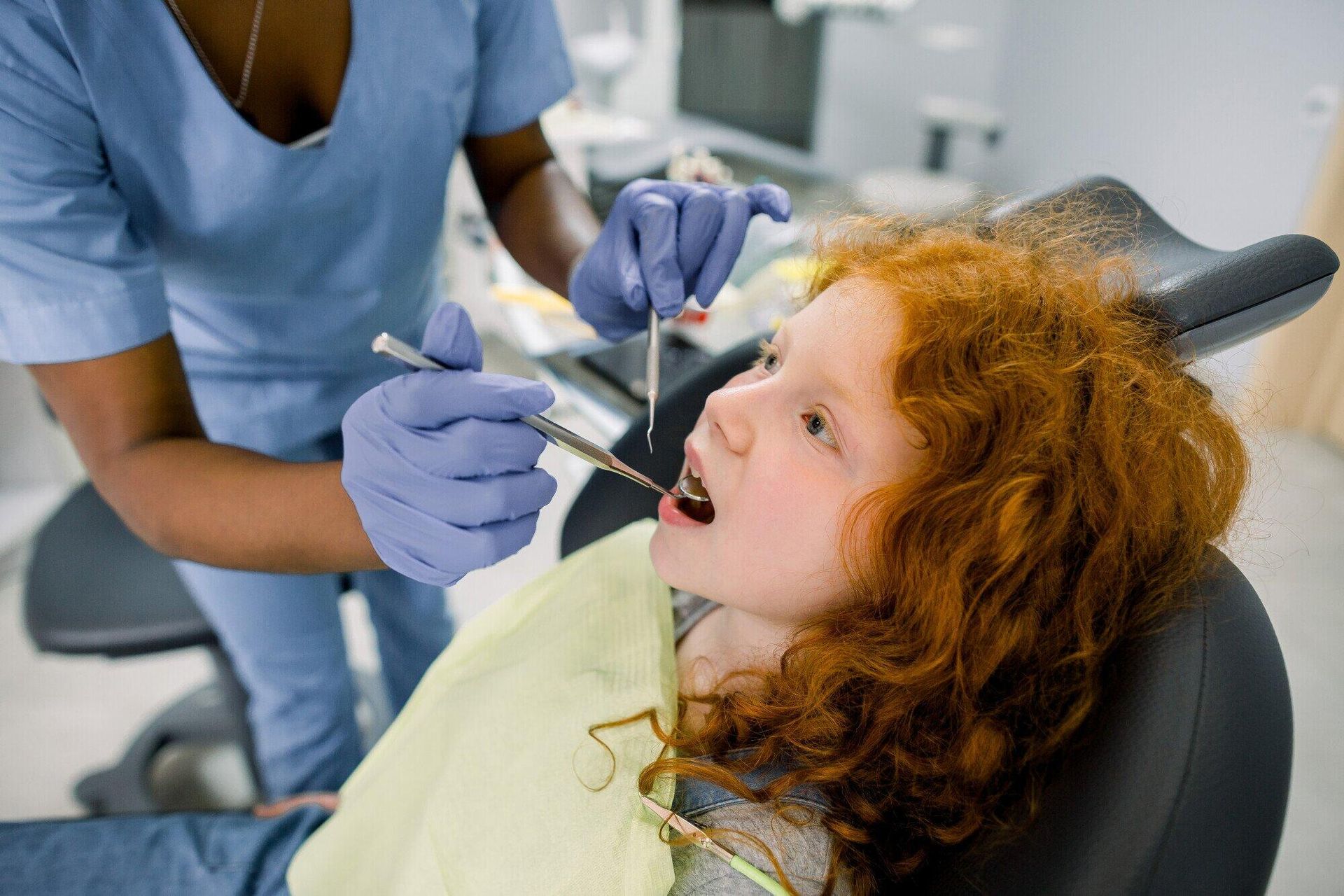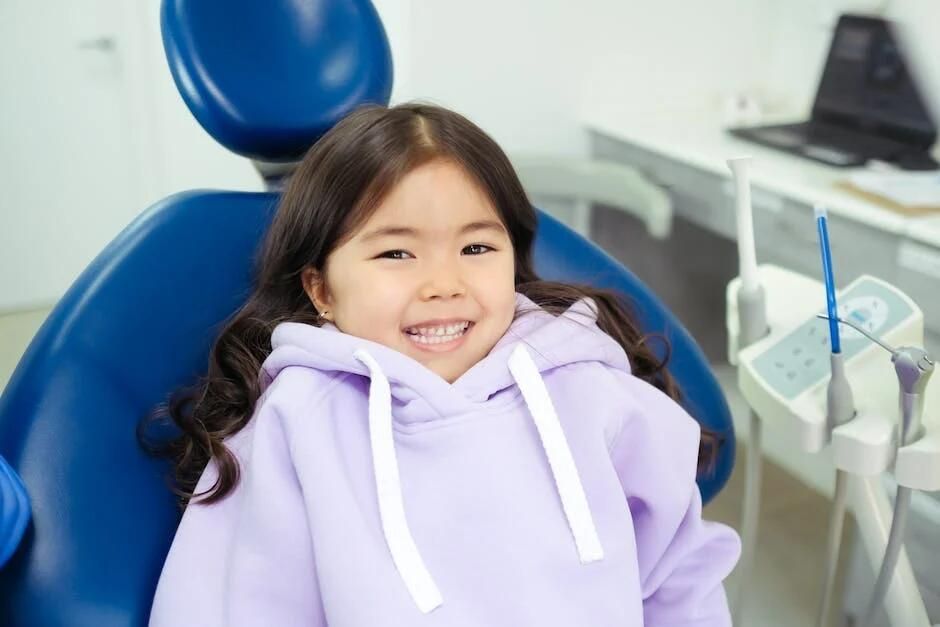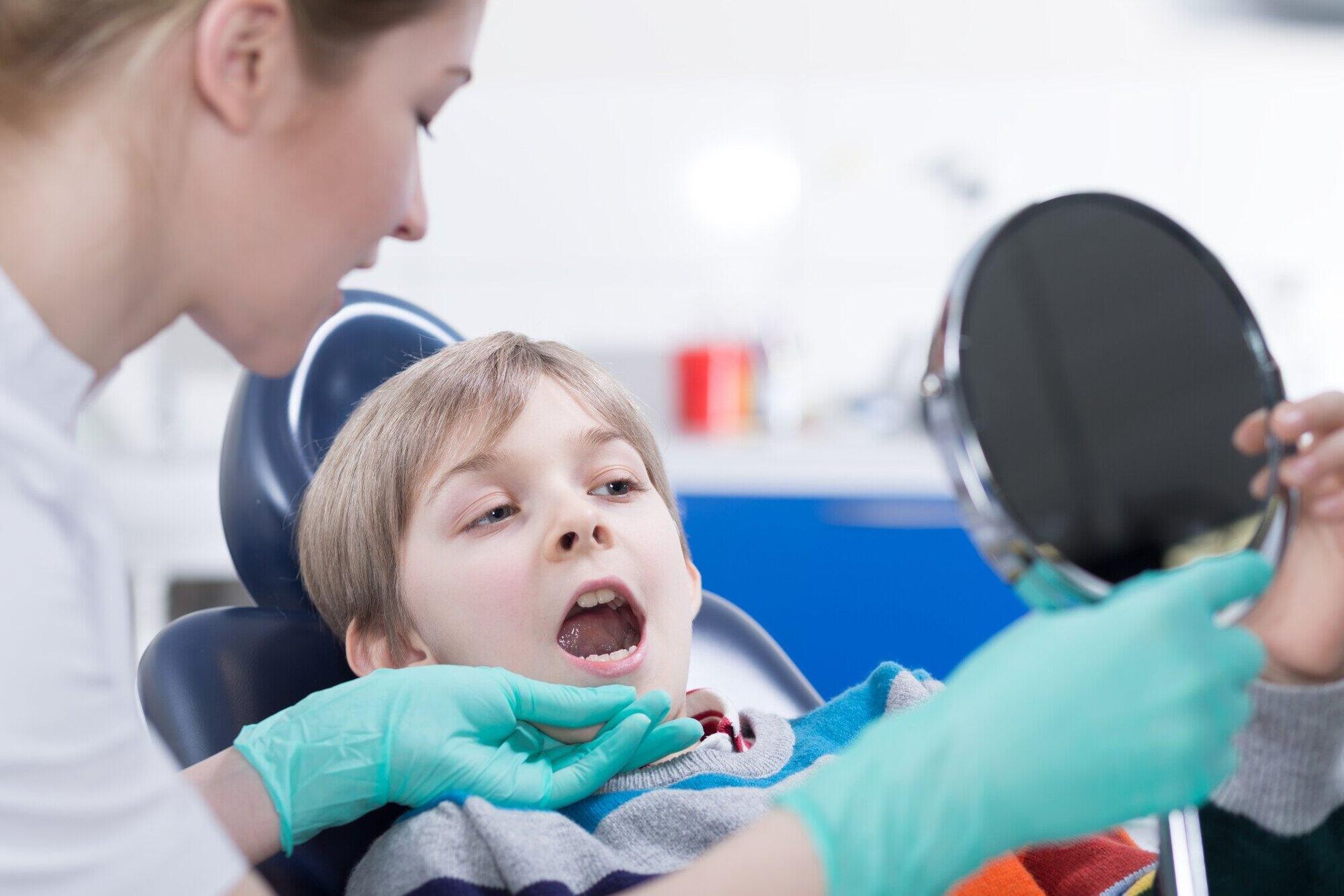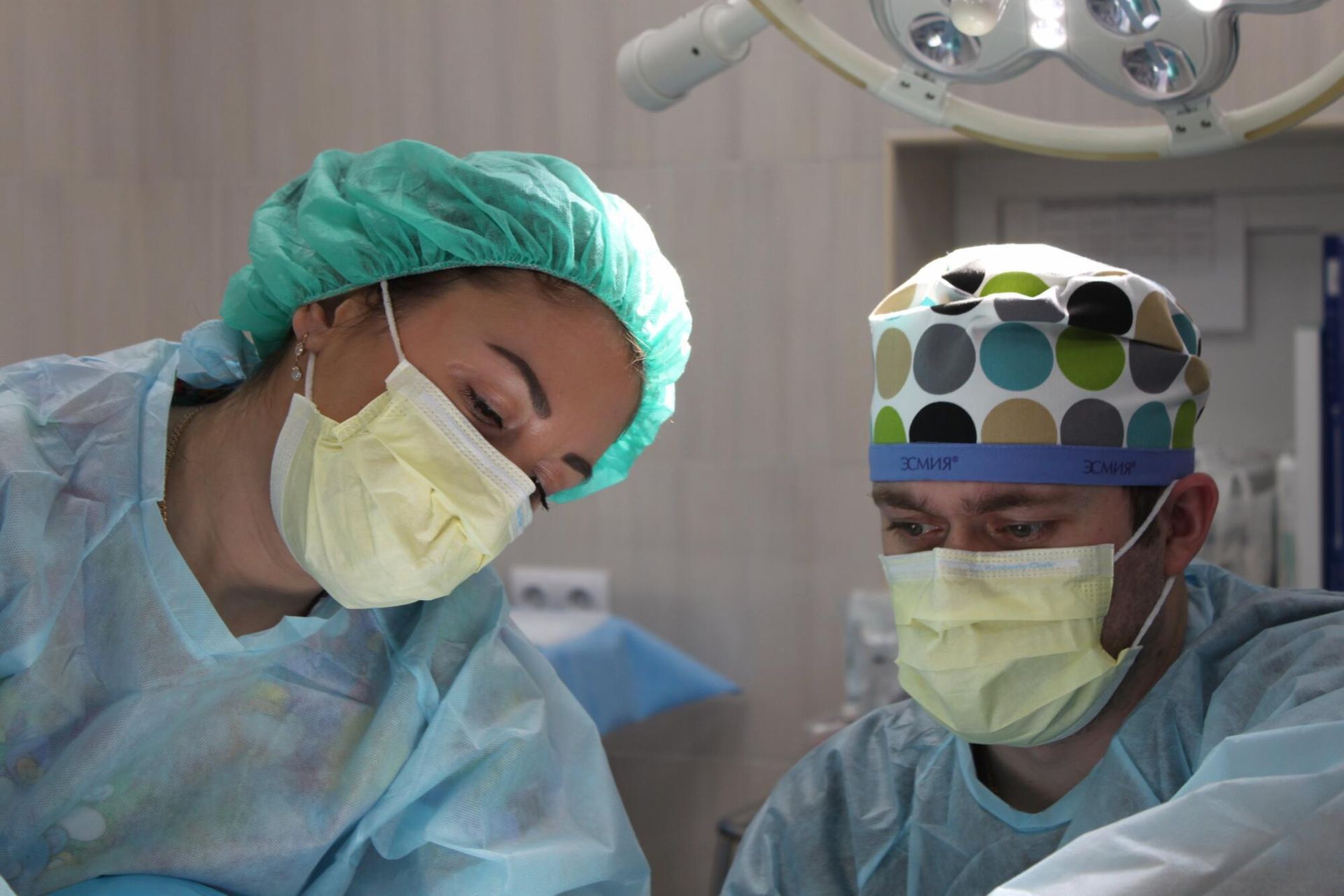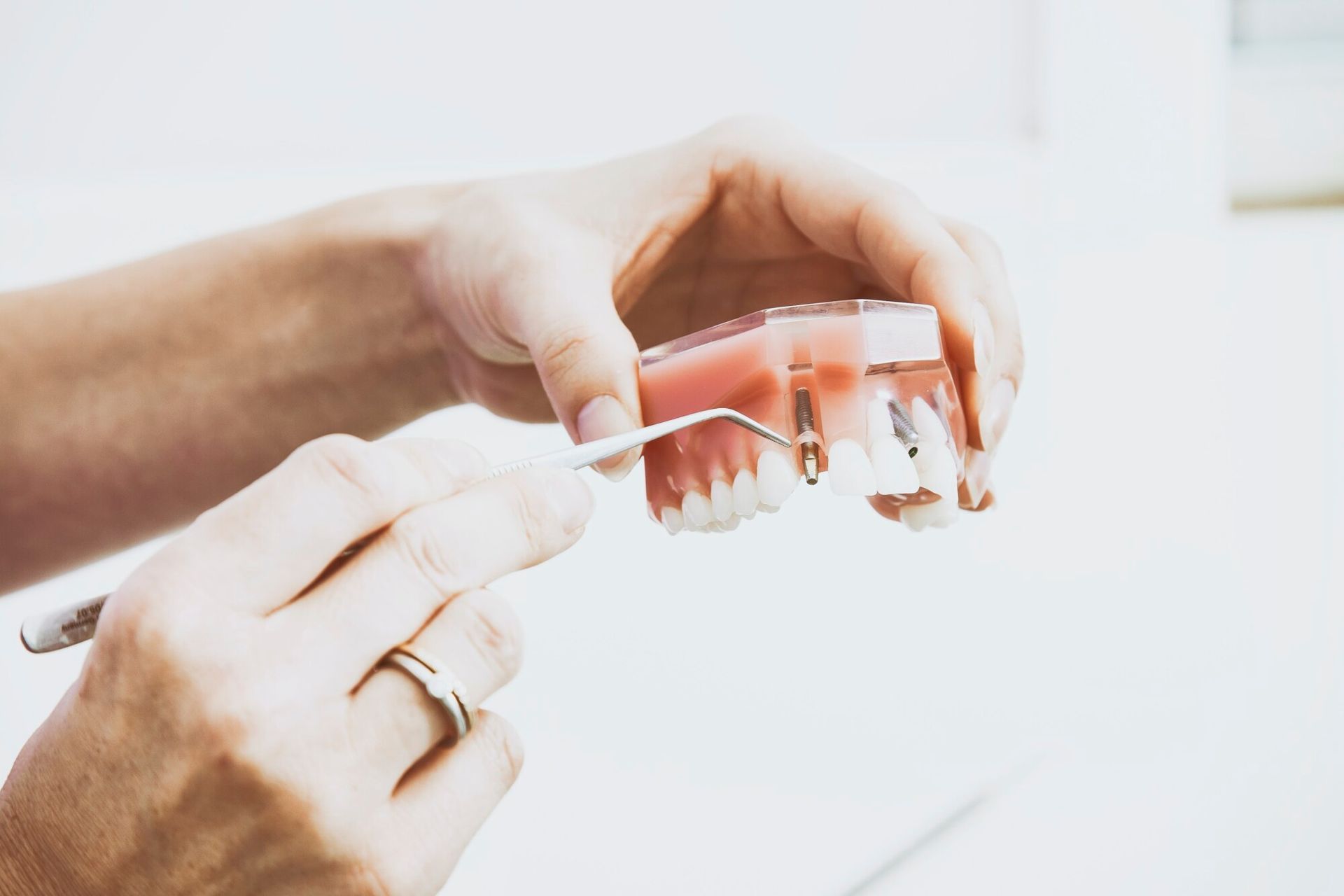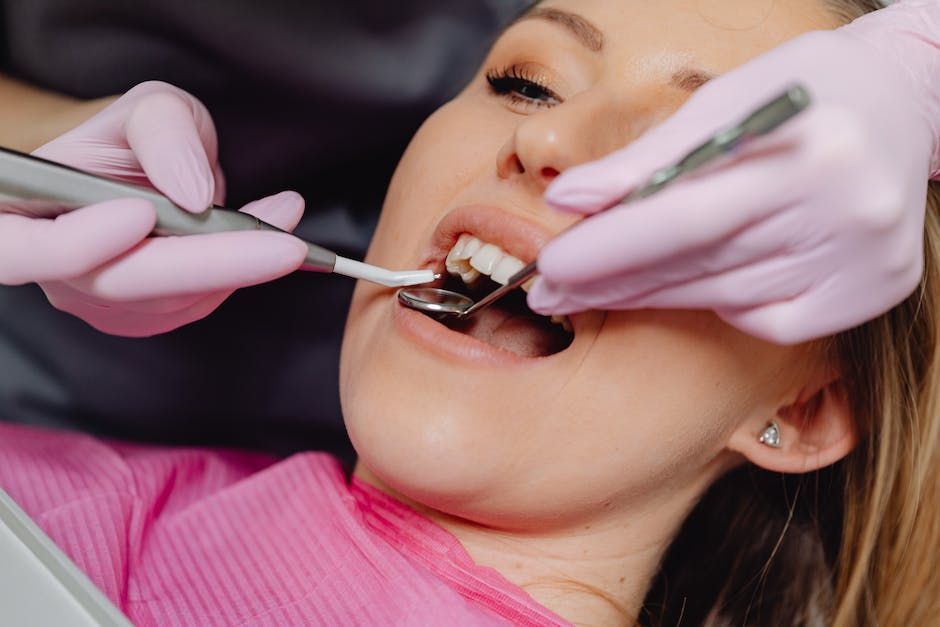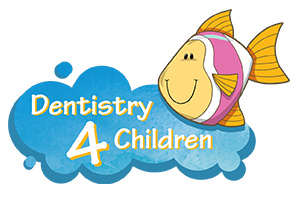Dental Anxiety in Children: How to Help Your Child Overcome Their Fear of the Dentist
It's no secret that dental visits can stir up a lot of fear for children, and the numbers back it up. 23.9% of children globally experience dental anxiety, according to the International Journal of Paediatric Dentistry. If your child is scared to go to the dentist, you're not alone in navigating these fears.
The good news? There are practical solutions to ease that anxiety. By using the right approach at home and seeking expert care, you can change how your child views dentist appointments forever.
From preparing them in advance to considering options like sedation or behavioral therapy, the tools are available to ensure your child has a positive, pain-free experience. Here's what you can do to ensure your child feels comfortable and confident at their next dental visit.
Why Are Children Scared to Go to the Dentist?
Dental anxiety in children is a common issue that can significantly affect their oral health. It typically shows up as:
- Crying
- Nervousness
- Refusal to cooperate
- Physical symptoms like stomachaches
The fear of the dentist in children often stems from multiple causes. Some children have had a previous negative experience, while others fear the unknown.
Loud equipment noises, unfamiliar faces, and the sterile smell of a dental office can be overwhelming for young kids. The thought of pain, even if it's unlikely, also contributes to their anxiety.
When a child avoids going to the dentist due to anxiety, it can lead to untreated oral issues. Cavities, gum disease, and tooth decay may worsen without regular checkups.
Preparing Your Child for the Dentist
One of the most effective ways to manage children's dental anxiety is to prepare them before their visit. This begins long before they even step foot into the dental office.
Parents can start by making dental care at home a regular part of their child's routine. Brushing and flossing should be associated with positive experiences.
Practicing dental visits at home can also help desensitize kids to what might happen during a real appointment. Role-playing by letting your child "play dentist" with their stuffed animals or dolls can make the experience feel less intimidating.
As parents, use calm and encouraging language. Avoid words like "pain" or "hurt". Instead, focus on how the dentist helps keep their teeth strong and healthy.
Consider reading storybooks or watching videos about dental visits for more anxious children. Many resources show familiar characters going to the dentist which can reassure kids that there's nothing to be afraid of.
Transparency is key. When discussing the appointment, explain what will happen in simple terms that are appropriate for their age. For instance, rather than saying, "The dentist will use a drill," say, "The dentist will clean your teeth with a special tool that makes a buzzing sound."
When preparing your child, remember to acknowledge their feelings. Tell them it's okay to feel nervous but remind them that the dentist's job is to make sure they have a happy, healthy smile.
Sedation Dentistry Options
Sometimes, preparation isn't enough to overcome a child's fear. That's where dental sedation for kids is a helpful option.
Pediatric dentists offer different types of sedation to help make dental visits calm and stress-free. These options range from mild sedation to deeper sedation, depending on the child's needs and the complexity of the treatment.
One of the most common sedation methods is nitrous oxide, often referred to as "laughing gas." It's a mild form of sedation that helps children relax while staying awake and cooperative during their visit. The gas wears off quickly, so they can resume normal activities shortly after the procedure.
For children who experience more severe anxiety or need more extensive dental work, oral sedation or IV sedation may be used. Oral sedation involves taking a liquid or pill medication that helps the child stay calm throughout the procedure. IV sedation offers deeper relaxation that is safe when administered by experienced pediatric dentists.
Both options ensure that the child remains comfortable without feeling scared or distressed.
Behavioral Techniques Used by Pediatric Dentists
In addition to sedation, many pediatric dentists use specific techniques to reduce anxiety and foster a positive dental experience. One popular approach is the "Tell-Show-Do" method.
With this technique, dentists first tell the child what they're going to do, show them the tools or steps in a non-threatening way, and then carry out the procedure. This method helps children feel in control and understand what's happening.
Positive reinforcement is another effective way to ease a child's dental anxiety. Simple praise or rewards, such as a sticker or a small toy at the end of the appointment, can make a big difference in how children perceive their visit.
Pediatric dentists often create a welcoming environment by offering child-friendly dental care, where kids are surrounded by colorful décor, toys, or even having cartoons playing during their treatment.
Distraction techniques, like letting a child listen to music or hold a comfort item, also help manage anxiety. When a child can focus on something pleasant, their fear is often minimized.
When to Consider Professional Help for Severe Anxiety
If your child's dental anxiety remains extreme despite these methods, it might be time to seek professional support. Behavioral therapy for children who have a fear of the dentist can be particularly helpful for children with severe phobias. Cognitive-behavioral therapy is one such approach that helps children identify and manage their anxious thoughts.
In rare cases, children may benefit from seeing a pediatric psychologist or counselor to address their fears more comprehensively. This is especially important if their anxiety prevents them from receiving essential dental care.
Overcome Dental Anxiety With the Right Support
Tackling your child's fear of the dentist early is key to creating positive habits for their long-term dental health. With proper preparation, sedation options, and expert guidance, your child can enjoy stress-free dental visits, even if they're currently scared to go to the dentist.
At Dentistry 4 Children, we specialize in child-friendly dental care, offering solutions like sedation dentistry and a caring, compassionate approach to make every visit as comfortable as possible. With Dr. Lisa Richardson's extensive experience and gentle approach, your child's next dental appointment can be something they look forward to.
Schedule an appointment today to give your child the calm, confident dental experience they deserve.

For Kids
For Adults
All Rights Reserved | Dentistry 4 Children | Bay Area Dental Specialists
Website designed and maintained by Xpress, INC


